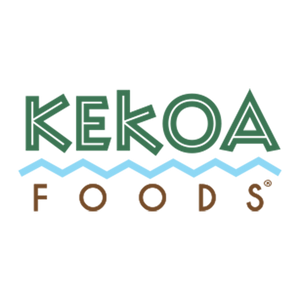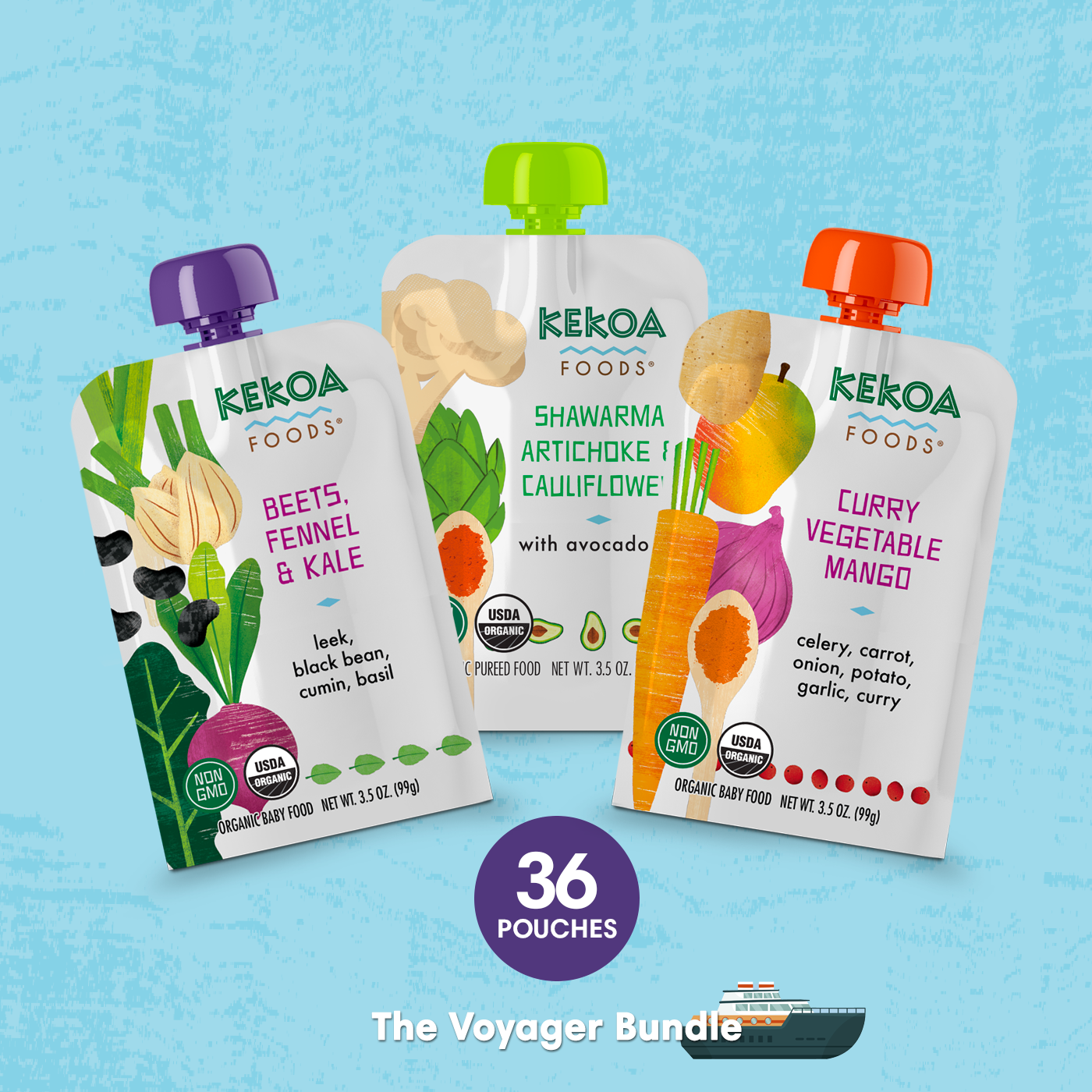
A medida que superamos los cambios de los años 1960 y 1970, los alimentos para bebés en los Estados Unidos entraron en una nueva fase que estuvo determinada por los cambios en los valores culturales, el crecimiento continuo de las protecciones al consumidor y las innovaciones tecnológicas.
Desde la vibrante década de 1980 hasta el auge de internet a principios de la década de 2000, las expectativas de los padres sobre las marcas que compraban cambiaron considerablemente. Las décadas de 1980 y 1990 dieron origen al movimiento orgánico que se consolidaría a principios de la década de 2010, transformando la forma en que se producían, comercializaban y consumían los alimentos para bebés.
La década de 1980: el embalaje, la seguridad y el marketing podrían...
La década de los 80 se caracterizó por una publicidad audaz, una mayor concienciación del consumidor y nuevos panoramas mediáticos que moldearon la producción y promoción de alimentos para bebés. Un evento notable fue la crisis de manipulación de Tylenol en 1982, que impulsó importantes reformas en el envasado de alimentos, bebidas y medicamentos. Esto tuvo un efecto dominó en los alimentos para bebés, ya que las empresas introdujeron tapas de seguridad y sellos más seguros, tranquilizando a los padres que dependían cada vez más de los productos comerciales.
Casi al mismo tiempo, el auge de la televisión por cable cambió la forma en que los estadounidenses consumían noticias y entretenimiento. Con CNN y el auge de los canales de noticias 24 horas, los estudios se vieron en la necesidad de contenido. Para llenar el tiempo de emisión con historias, cada vez más reporteros comenzaron a cubrir una gama más amplia de industrias, incluyendo temas de seguridad del consumidor, retiradas de productos médicos y nuevas tendencias de salud.
Los escándalos y las controversias, incluyendo los relacionados con la producción de alimentos, alcanzaron altos índices de audiencia. En los años 80, cuando la atención se convirtió en moneda corriente, las cadenas aprendieron que el miedo impulsaba la atención, y esta, a su vez, alimentaba la curiosidad del público, incluyendo lo que se añadía a los alimentos para bebés. Esto presionó a las empresas para que respondieran a las preocupaciones sobre los aditivos, el contenido de azúcar y el valor nutricional general.
La televisión por cable también sentó las bases para una nueva expectativa cultural: mayor variedad. Entre los años 70 y finales de los 80, el número de canales disponibles aumentó de 7 a 70. Esta explosión de opciones coincidió con la expansión de las líneas de productos y sabores en los supermercados, ofreciendo a los padres una variedad sin precedentes. Una historia famosa y un ejemplo de este aumento de opciones se puede encontrar en esta charla TED de Malcolm Gladwell, quien cuenta la historia de Harold Moskowitz .
Al igual que cambiar de canal para encontrar el programa perfecto, los padres podían explorar una gama cada vez mayor de sabores y envases de comida para bebés. Los anuncios estaban por todas partes, presentando los alimentos enlatados y en frascos como modernos, confiables y seguros. Sin embargo, los expertos en nutrición se mantuvieron cautelosos, señalando la preocupación por el sobreprocesamiento y la insuficiencia nutricional.
Esta década sentó las bases para un equilibrio constante entre conveniencia y nutrición. A medida que las familias se volvían más ocupadas, las grandes marcas recurrieron a mensajes de marketing que prometían facilidad y fiabilidad. Sin embargo, un público más informado, empoderado por la constante cobertura mediática y la ampliación de las opciones de consumo, se volvió escéptico ante el enfoque universal que había dominado durante mucho tiempo el mercado de alimentos para bebés.
Bolsa exprimible de manzana y jengibre, puré de comida para bebés vegetariana 100% orgánica
La década de 1990: Diversificación, Internet en sus inicios y el auge de lo “natural”
Para la década de 1990, la cultura estadounidense se vio influenciada por todo tipo de temas, desde las comedias televisivas imperdibles hasta el fin de la Guerra Fría. Los padres se encontraron con una gama cada vez mayor de opciones en el pasillo de alimentos para bebés, a medida que las empresas ampliaban su oferta más allá de los purés básicos. Esta época vio la introducción de cereales, bocaditos y productos innovadores tipo snack para bebés y niños pequeños. El marketing adoptó un tono más amigable y accesible, reflejando un momento cultural en el que los temas de crianza eran el centro de atención en programas de entrevistas, revistas e incluso en la televisión en horario de máxima audiencia (en la temporada 6, episodio 10 de "Loco por ti", Paul y Jamie decidiendo qué darle de comer a su bebé).
Marcas tradicionales como Gerber y Beech-Nut lideraron el cambio. Gerber consolidó su dominio lanzando nuevas comidas y refrigerios adaptados a cada etapa del desarrollo, priorizando la conveniencia y la idoneidad para cada etapa. Su publicidad se basaba en el vínculo emocional entre padres e hijos, a menudo representado por el icónico bebé Gerber. Beech-Nut, por su parte, se posicionó como la alternativa natural, promocionando un enfoque "como en casa". Promovió la ausencia de conservantes, colorantes y sabores artificiales, aprovechando el creciente escepticismo en torno a los ingredientes sintéticos. Su marketing destacó la pureza y la simplicidad, utilizando un lenguaje que tranquilizó a los padres que comenzaban a cuestionar qué contenía exactamente la comida de sus hijos.
Este impulso hacia la transparencia y el mínimo procesamiento formó parte de una crítica más amplia que había comenzado en décadas anteriores. La preocupación por el azúcar, la sal y los químicos sintéticos en los alimentos para bebés no desapareció. Los defensores de la nutrición siguieron presionando a los fabricantes para que revelaran el origen de los ingredientes y eliminaran los aditivos innecesarios. Si bien los alimentos para bebés convencionales aún tenían un largo camino por recorrer para abordar estos problemas por completo, la década de 1990 marcó un cambio notable en la forma en que las marcas se dirigían a los padres: menos autoritarias y más colaborativas, con énfasis en la confianza, la transparencia y la evolución de las definiciones de salud.

